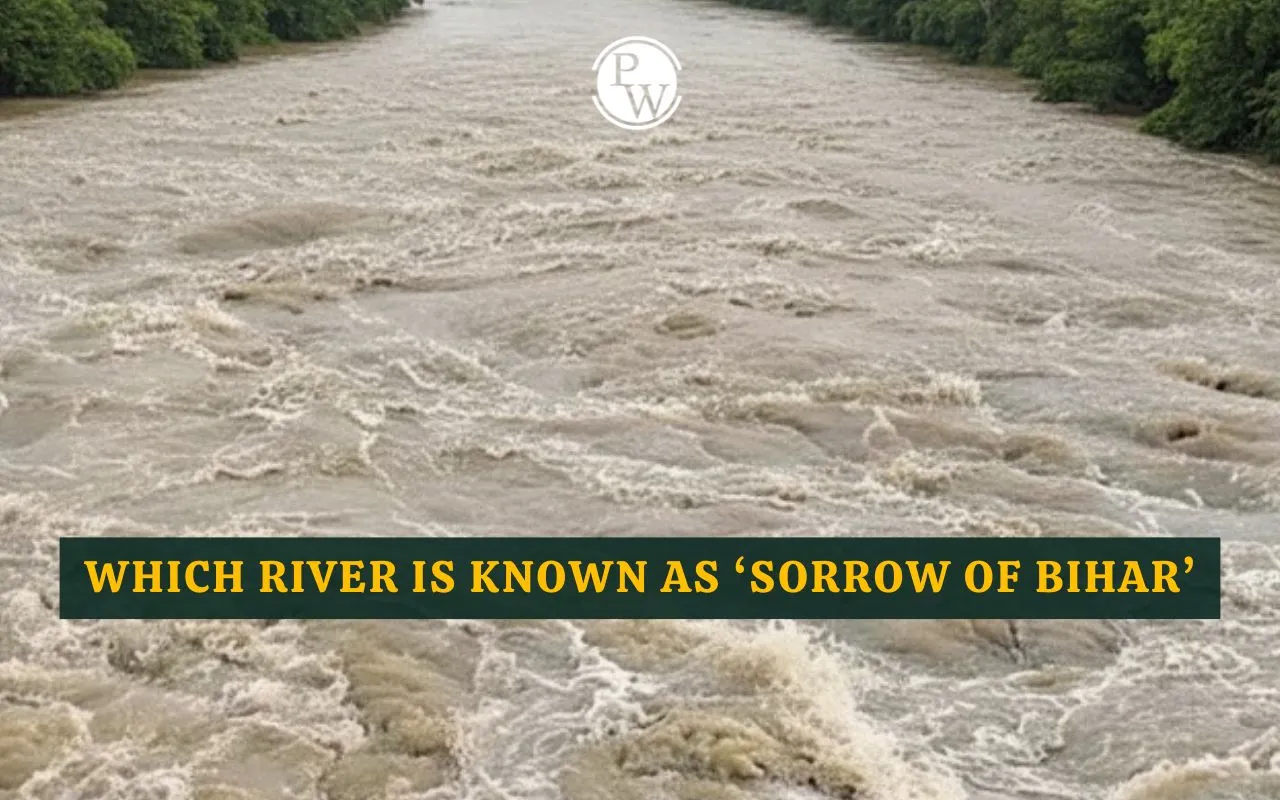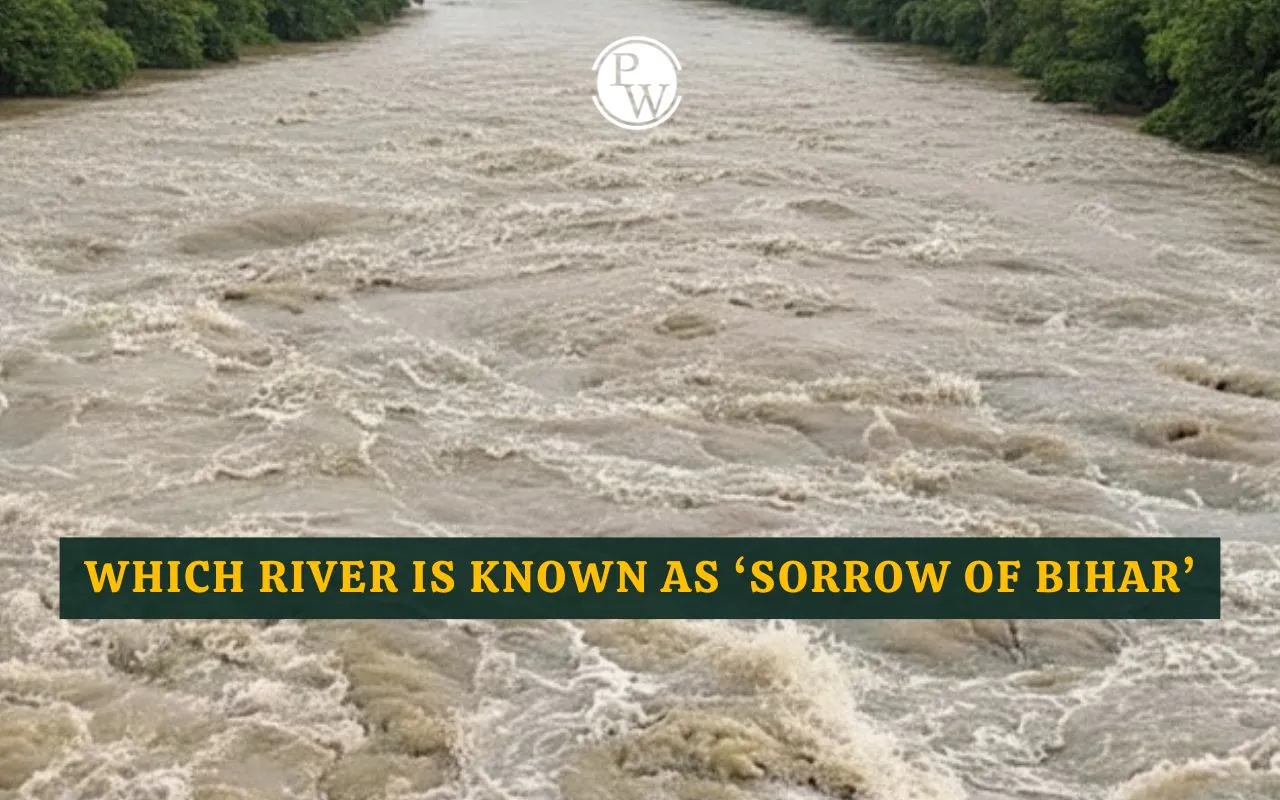

The answer is the Koshi River. It is one of the most volatile and destructive rivers in India. The Koshi River, one of the most unpredictable and dynamic rivers in the Indian subcontinent, has deeply influenced the geographical and cultural landscape of north Bihar. Rising from the Himalayas of Nepal, the river carries a massive quantity of sediment that contributes to its unpredictable behaviour and destructive flooding pattern. Every year, swollen waters from monsoon rains and melting snow cover vast stretches of fertile plains, forcing residents to relocate and causing heavy agricultural and economic losses. Despite the construction of embankments and the Koshi Barrage, the river continues to change course and breach barriers. Its repeated destruction has earned it the name Sorrow of Bihar, symbolising constant struggle, loss, and resilience for communities living along its path.
Koshi River Origin Course and Characteristics
The Koshi River, historically known as Kaushiki, originates from Gosaikunda in Nepal. It is formed when seven Himalayan streams, Indravati, Sunkoshi, Tamakoshi, Likhu Khola, Dudh Koshi, Arun Kosi, and Tamur Kosi, combine to form the powerful Saptakoshi system. After flowing through the rugged mountain terrain of Nepal, the river enters India at Bhimnagar in Bihar. It then moves across Supaul, Saharsa, Madhepura, and Purnia before spreading into a delta and finally meeting the Ganga near Kursela.
What makes the Koshi unique is its natural instability. Over the past two hundred years, the river has shifted its course by nearly one hundred fifty kilometres. This dramatic movement, along with massive silt deposits, greatly increases its destructive power.
Why Is the Koshi Called the Sorrow of Bihar
Relentless Floods That Cause Widespread Damage
During the monsoon season, intense rainfall combined with melting Himalayan snow sharply raises the water level of the Koshi. This results in severe floods that engulf villages, ruin fertile land, and displace lakhs of people. Historic floods, such as the one in 1954, showed the immense strength of the river and its capacity to wipe out entire regions in a short span of time.
A River That Constantly Changes Its Path
The Koshi frequently alters its course across the plains. In the last two centuries, the river has moved more than one hundred kilometres from east to west. Areas once considered safe can suddenly become vulnerable. Managing a river with such unstable behaviour remains a major challenge for engineers, planners, and disaster management authorities.
Silt Deposits That Raise the Riverbed
Flowing through the fragile Himalayas, the Koshi carries one of the heaviest silt loads in the world. This sediment gradually deposits in the plains, raising the riverbed above the surrounding land. Even a moderate rise in water level can then cause embankment breaches, leading to sudden and destructive flooding.
Long Term Economic and Social Losses
The damage caused by the Koshi does not end with the floodwater. It destroys crops, livestock, houses, roads, and bridges. Waterlogging, soil degradation, and the spread of diseases reduce agricultural productivity and worsen living conditions. Many families are forced to migrate seasonally for work, creating a cycle of poverty that continues for generations.
Significance for Govt Job, UPSC, SSC Aspirants
Questions related to the Koshi River frequently appear in exams such as UPSC, SSC, State PCS, Railway, and Defence exams. Aspirants are often asked about its origin, tributaries, shifting behaviour, flood patterns, and its title Sorrow of Bihar. Understanding the geography and disaster management aspects of the river helps candidates answer both static geography and current affairs based questions. Knowledge of the Koshi is also relevant in topics like river systems of India, Himalayan drainage, and government flood control programmes.
